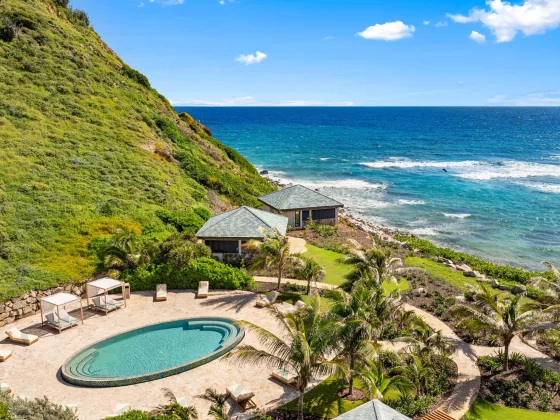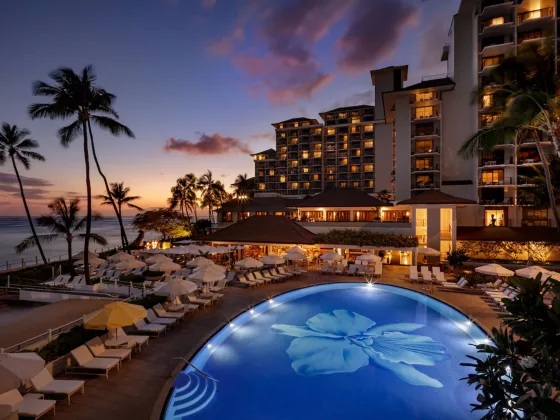Is The Brando Still the Gold Standard for Eco-Luxury?
Few resorts are as tied to a name as The Brando. Set on Tetiaroa—Marlon Brando’s former private atoll in French Polynesia—it was conceived as a vision of sustainable luxury long before that became an industry standard. With just 35 villas and a carbon-neutral footprint, it has been called everything from a model of future hospitality to a billionaire’s barefoot fantasy.
But nearly a decade after its opening, with a growing field of eco-conscious contenders, the question lingers:
is The Brando still setting the pace—or is it now coasting on its story?
In this review, we look closely at what the resort offers today—from its arrival ritual to the villas, dining, and sustainability ethos—and whether its quiet legacy still justifies the reverence.
Summary of Guest Ratings
| 4.8 (Excellent) | |
| 4.7 | |
| Expedia | 10 (Exceptional) |
Arrival and First Impressions
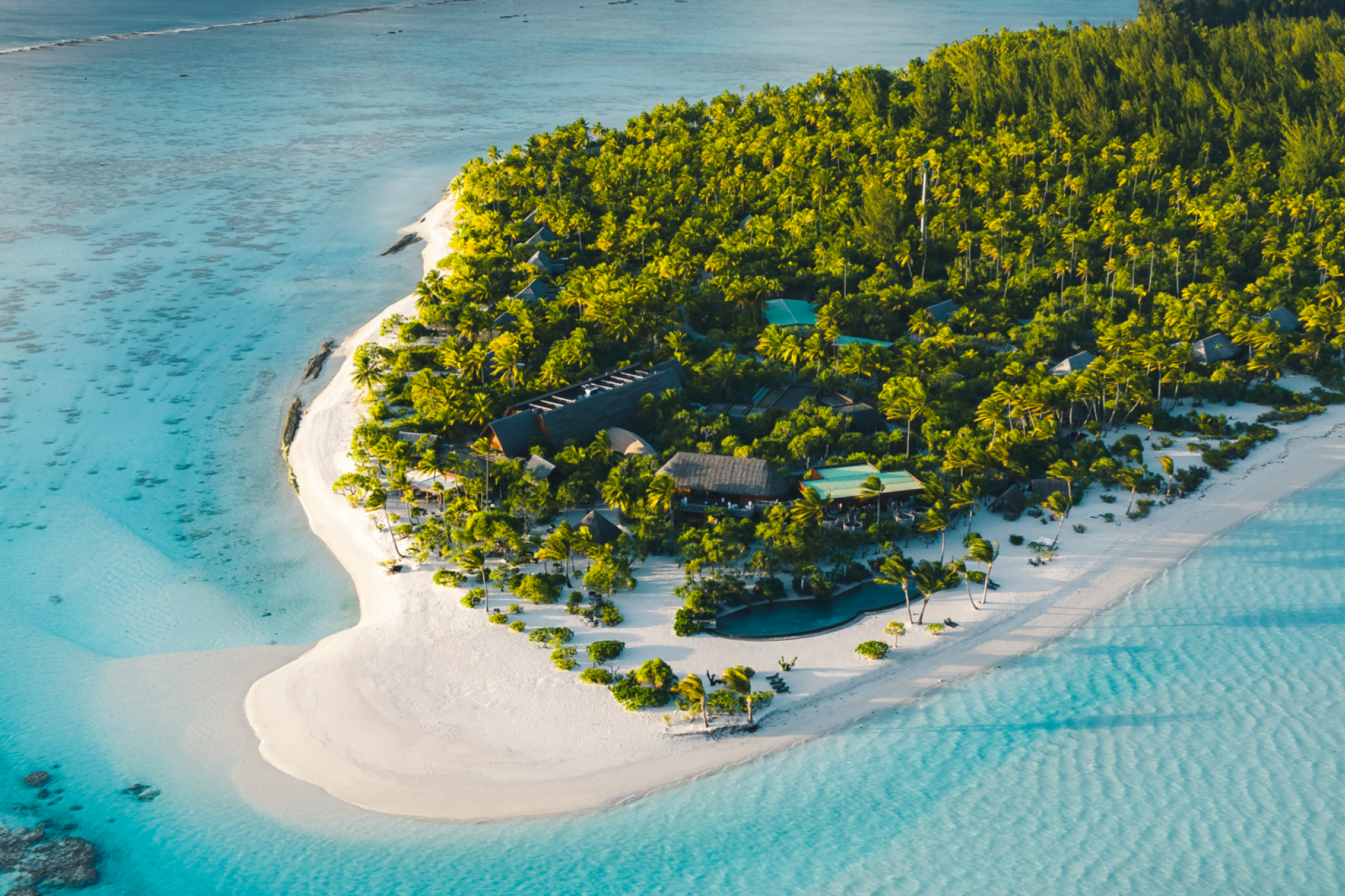
Guests reach The Brando by private plane from Tahiti—a short, smooth flight arranged exclusively for resort guests. The arrival is quiet: a low-key welcome, chilled coconut water, and a gentle introduction to the villa rather than any form of presentation.
The first impression is subtle. Nothing is designed to impress at first glance.
Instead, the atmosphere is slow, warm, and grounded—more like arriving at a well-kept estate than a luxury resort. For some, that restraint will feel refreshing. For others, underwhelming.
The Setting: A Private Atoll with a Past
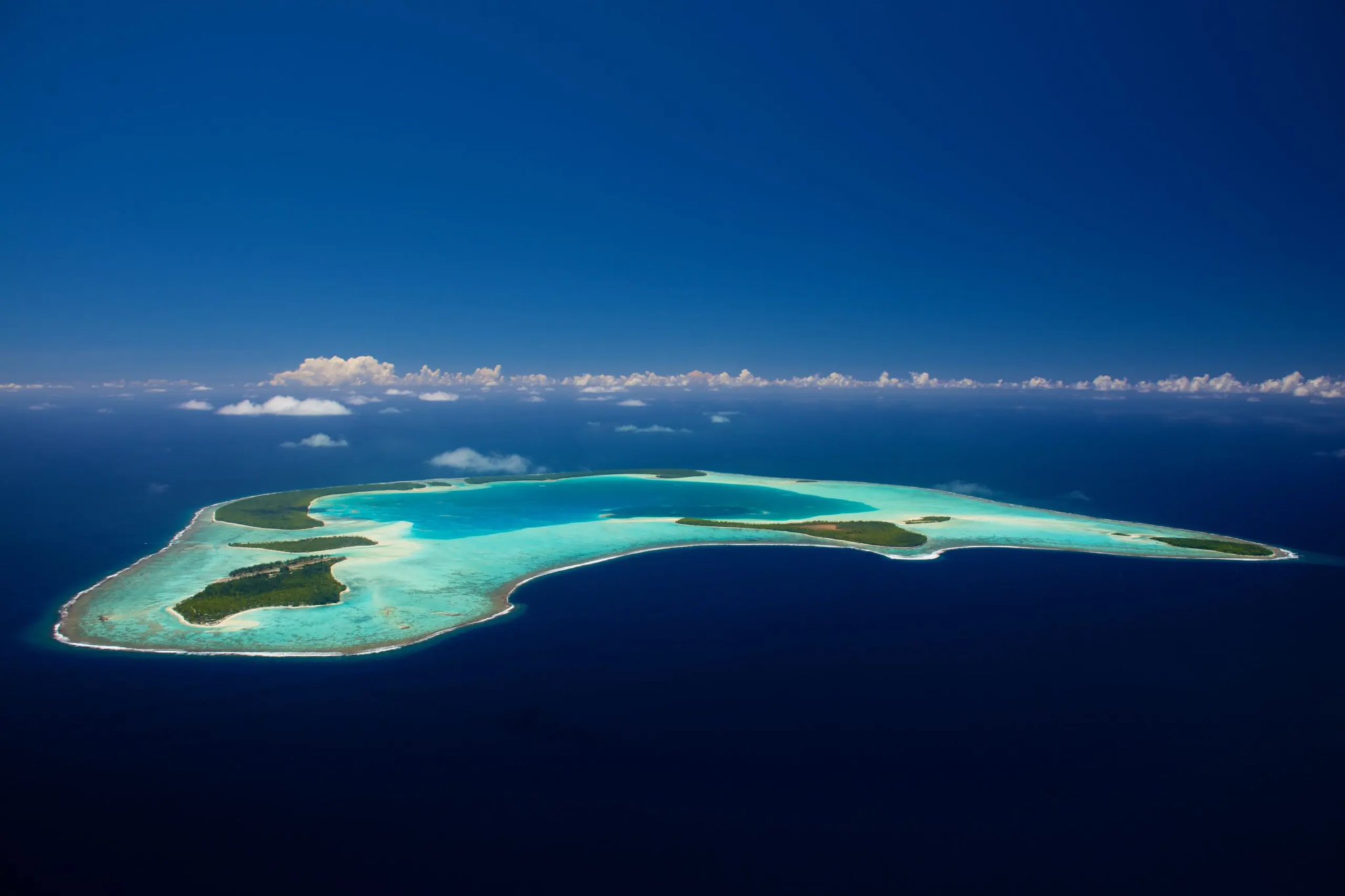
Tetiaroa is a ring of small motus encircling a luminous lagoon, once reserved for Tahitian royalty. The landscape is pristine—clear shallows, coconut palms, and soft sand untouched by commercial development.
There’s no outside traffic. The island is wholly The Brando.
Still, the seclusion is not absolute. The island’s flat terrain and open sightlines can feel more airy than enveloping. It’s stunning, but not dramatic. If you're seeking raw grandeur, other destinations may offer more visual theater. Here, the beauty is quiet and symmetrical.
Architecture and Design: Sustainable without Sacrifice
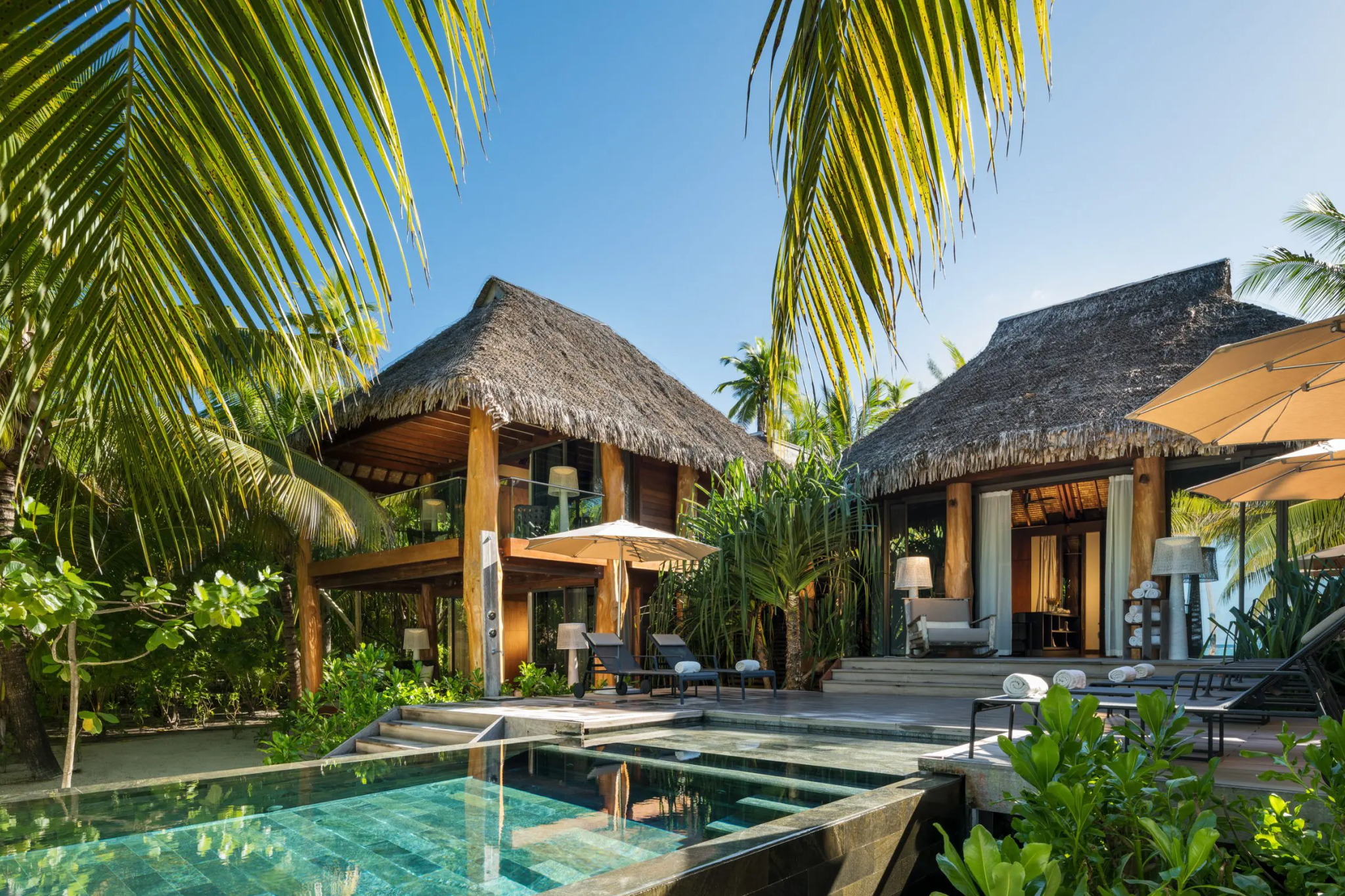
The villas are designed to blend with the environment—low, timber-clad structures with green roofs and ample natural ventilation. Inside, the aesthetic is warm and modern, with clean lines and minimal distraction.
Materials are tactile, not precious. Yet some design choices feel intentionally neutral.
There’s little architectural flourish or signature. For guests expecting a visual identity as strong as the island’s story, the understated interiors may feel safe. It’s sustainability with discretion, not statement.
Villas: Open, Efficient, and Deeply Private
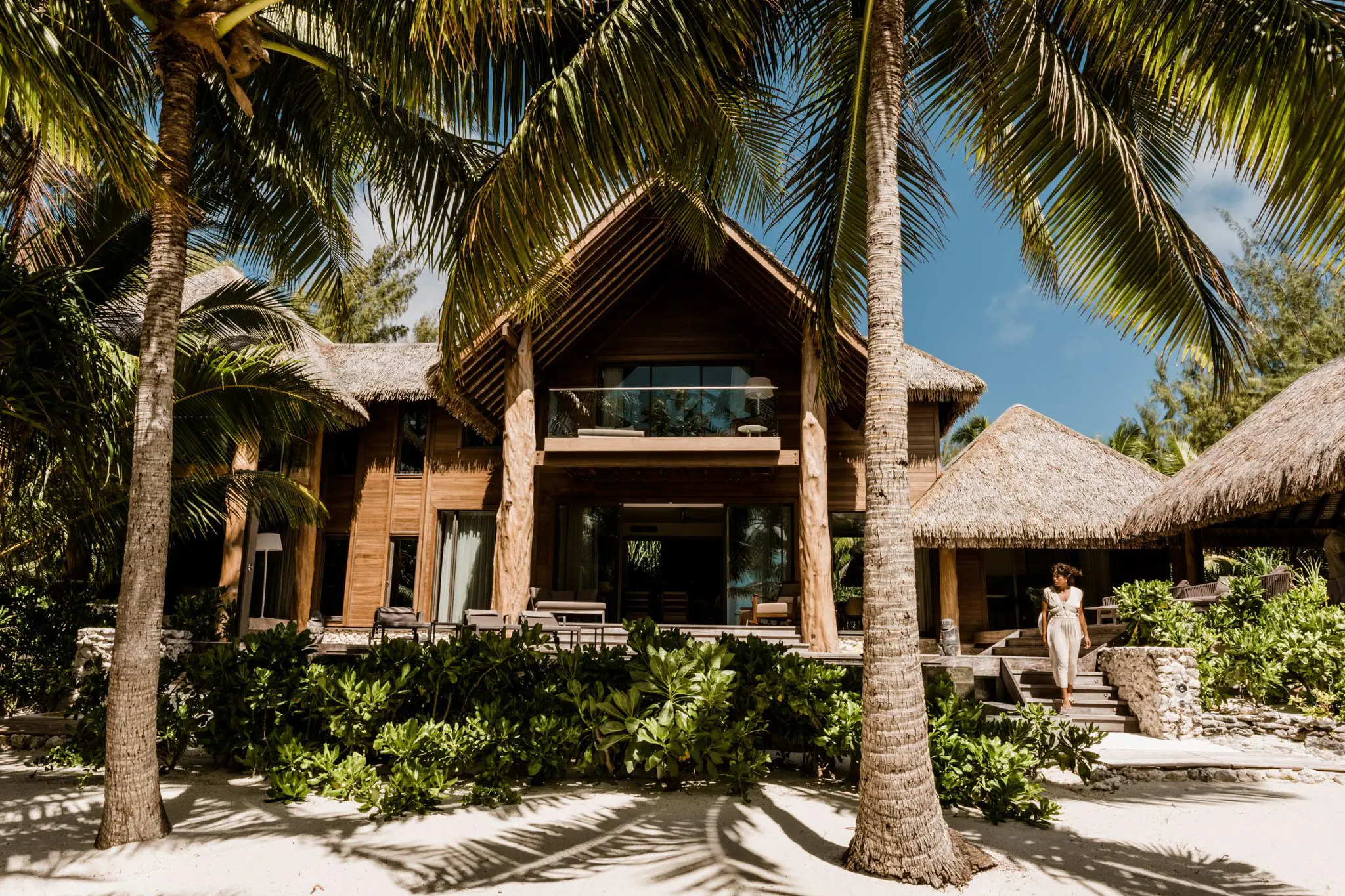
Each villa opens onto its own stretch of sand, with a shaded deck, plunge pool, and open-plan living area. The layout emphasizes cross-breeze and openness—airy, calm, and functional. Bathrooms are spacious, with outdoor tubs and rain showers screened by foliage.
What the villas offer is privacy, not provocation.
They're designed to disappear around you, not to frame your experience. For those who want to be left alone in nature, they work flawlessly. For those seeking something more sensory or cinematic, they may underwhelm.
Service: Polished, Present, and Largely Invisible
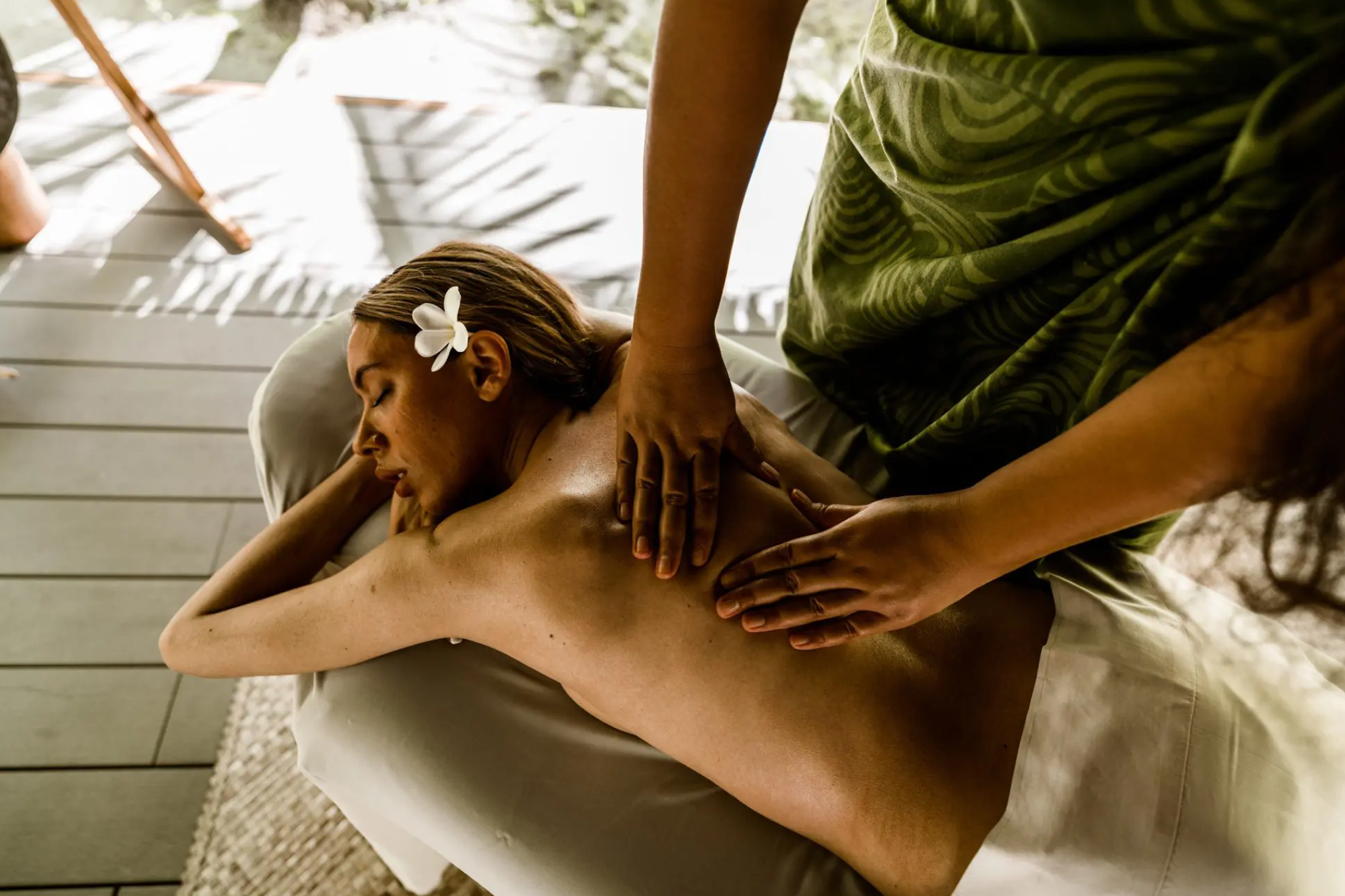
The Brando’s staff operate with quiet fluency. Needs are anticipated, not asked about. Service is lightly choreographed—efficient, soft-spoken, and largely unnoticed unless you seek it out. Each guest has a dedicated point of contact, but not a butler in the traditional sense.
If anything, the experience can feel too hands-off.
The staff’s instinct is to step back, not lean in. It works for independent travelers, but can feel distant to guests looking for connection or warmth. You’re well cared for—but rarely surprised.
Dining: Sustainable, Refined, and Sometimes Restrained

The Brando features several dining options, including a restaurant developed with input from Michelin-starred chef Guy Martin. Menus change daily and highlight Polynesian ingredients, local fish, and produce from the island’s own permaculture garden.
The intent is clear: nourishment without indulgence.
Meals are well-composed and health-forward, but rarely dramatic. There’s consistency and control, though not always creativity. It suits the resort’s philosophy, but diners expecting theatricality may feel it plays a little too safe.
The Cost of Escape: A Premium for Philosophy
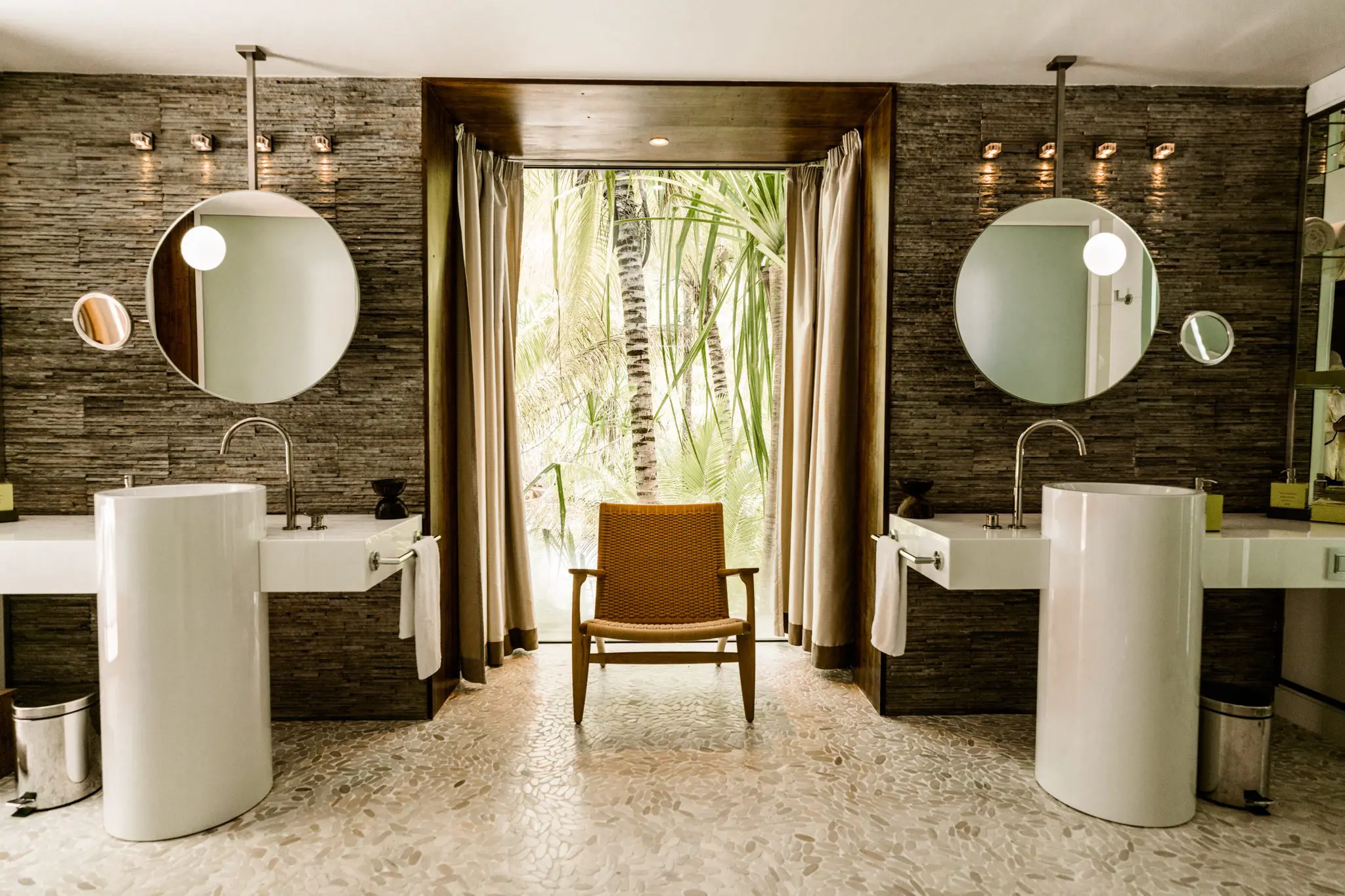
Nightly rates at The Brando routinely exceed $4,000—and rise significantly with multi-bedroom villas or during high season. That cost includes all meals, drinks, excursions, and spa access.
But what you’re really paying for is the resort’s ecological model.
Whether that’s worth it depends on your values. The Brando isn’t trying to deliver maximum impact—it’s offering minimum harm. If sustainability is part of your definition of luxury, the price aligns. If not, the expense may feel abstract.
Verdict: Quiet Values, Not Loud Statements
The Brando remains a unique proposition: a luxury resort that leads with ethos rather than aesthetics. It doesn’t demand attention, and it doesn’t seek to impress. It offers control, calm, and a light touch in a world increasingly crowded with spectacle.
But its strength is also its limit.
If you’re seeking immersion in a philosophy, it may be unmatched. If you’re looking for sensory drama, emotional hospitality, or design that lingers—you may leave with more respect than longing.
Goes along
You might also like

Il Sereno Lago di Como: Modern Design Meets Italian Grandeur

Hannah Formentera: Panoramic Sea Views & Mediterranean Cuisine

NIKO Seaside Resort MGallery

Splendido, A Belmond Hotel: 16th-Century Monastery Turned Luxury Retreat

Great Escapes Mediterranean: The Hotel Book

